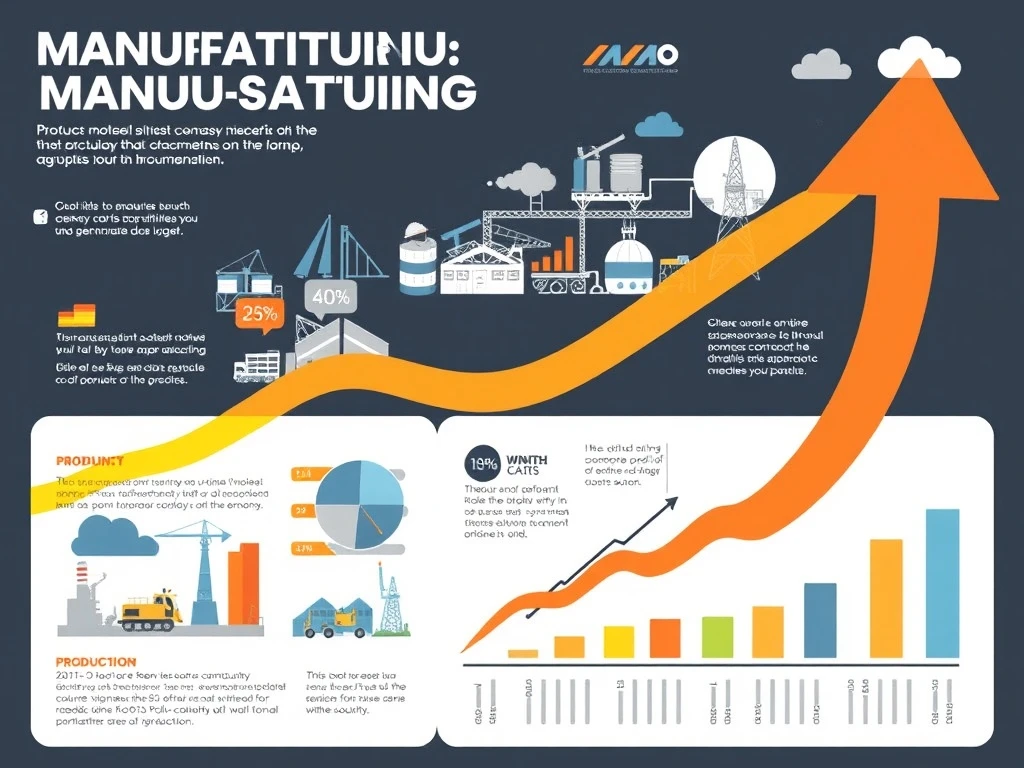Recent economic data reveals a compelling story about America’s manufacturing sector. While headline numbers show a decline in durable-goods orders, the underlying details paint a remarkably different picture of economic resilience.
Understanding Durable-Goods Orders Trends
Durable-goods orders decreased by 6.1% last month according to Commerce Department data. This significant drop primarily reflects Boeing’s ongoing production challenges. However, economists quickly note the broader context matters tremendously. Core capital goods orders actually increased by 0.3%, indicating underlying strength.
Boeing’s Substantial Impact on Overall Numbers
Boeing’s aircraft orders plummeted by nearly 30% during the reporting period. This decline single-handedly dragged down the overall durable-goods figures. The aerospace giant continues facing production delays and regulatory scrutiny. Consequently, transportation equipment orders fell dramatically across the board.
Core Capital Goods Show Manufacturing Resilience
Business investment patterns tell a more optimistic story. Core capital goods shipments rose by 0.4% last month. This category excludes defense and aircraft, providing a cleaner view of manufacturing health. Key sectors demonstrating strength include:
- Machinery orders increased by 1.2%
- Computer equipment demand grew by 0.8%
- Electrical equipment showed steady expansion
Economic Implications Beyond Headline Numbers
The Federal Reserve closely monitors these indicators for policy decisions. Strong core capital goods suggest businesses continue investing despite economic uncertainties. Manufacturing capacity utilization remains healthy across most industries. Furthermore, supply chain improvements support ongoing production stability.
Market Reaction and Future Outlook
Financial markets responded positively to the underlying strength. Investors recognize that durable-goods orders excluding transportation tell a different story. Manufacturing employment trends remain stable according to recent labor data. Most analysts expect gradual improvement throughout 2024 as Boeing resolves production issues.
Frequently Asked Questions
What are durable-goods orders?
Durable-goods orders represent new purchase commitments for manufactured products expected to last three years or longer. This includes everything from appliances to aircraft.
Why did Boeing significantly impact the numbers?
Boeing represents a substantial portion of transportation equipment orders. Their production challenges and order reductions disproportionately affect overall durable-goods data.
What are core capital goods?
Core capital goods exclude defense and aircraft orders, providing a clearer view of business investment trends in equipment and machinery.
How do these numbers affect the economy?
Strong core capital goods orders indicate business confidence and future productivity growth, which supports overall economic expansion.
Should investors worry about the headline decline?
Most economists suggest focusing on the core numbers, as they better reflect underlying manufacturing health than the Boeing-influenced headline figure.
What’s the outlook for future durable-goods orders?
Analysts expect gradual improvement as Boeing resolves production issues and business investment continues supporting core manufacturing sectors.








